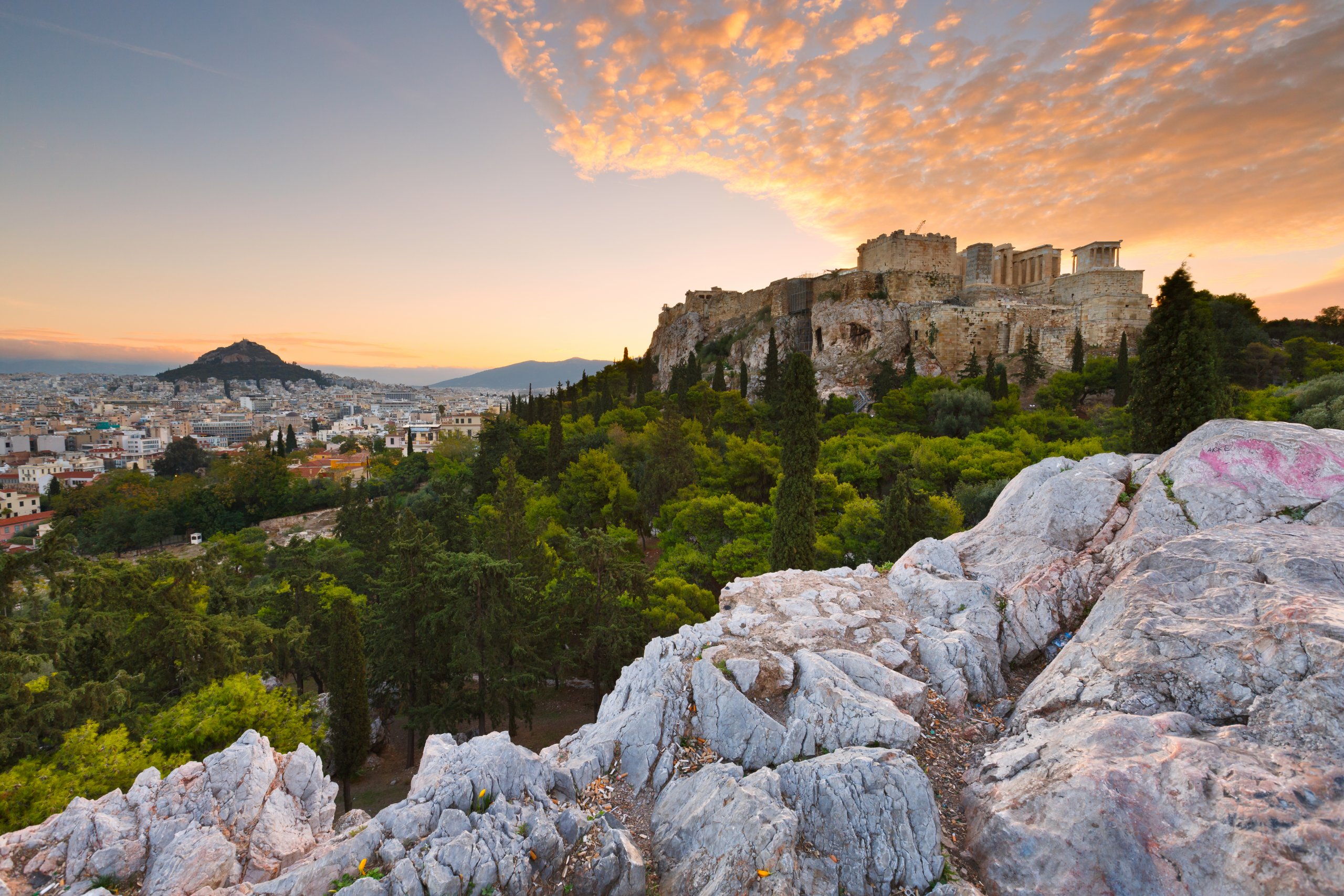By: Beatrice Turner
Athens, one of the oldest cities in the world, is truly an open-air museum. In this historic town, you’ll walk in the footsteps of the great minds that created democracy, philosophy, theater, and more.

As the sun rises over the smooth marble monuments of the Acropolis and fills the cobblestone streets along its base, the people of Athens emerge from their homes and head to local markets or sidewalk games of chess. In Athens, life moves more slowly, as if the entire city is reveling in blissful retirement from its glory days as a political and cultural powerhouse.
The Acropolis
Welcome to the heart of Athens, where history and grandeur intertwine to create an awe-inspiring masterpiece. The Acropolis stands as a testament to ancient Greece’s architectural brilliance, cultural heritage, and enduring legacy. Join us as we embark on a captivating journey through time, unraveling the secrets and marvels of this iconic landmark.

As you approach the Acropolis, a sense of wonder envelopes you. This monumental citadel, perched atop a rocky outcrop, has witnessed the rise and fall of civilizations for centuries. Its towering columns and intricate details evoke a profound sense of awe, hinting at the extraordinary achievements of the ancient Greeks.
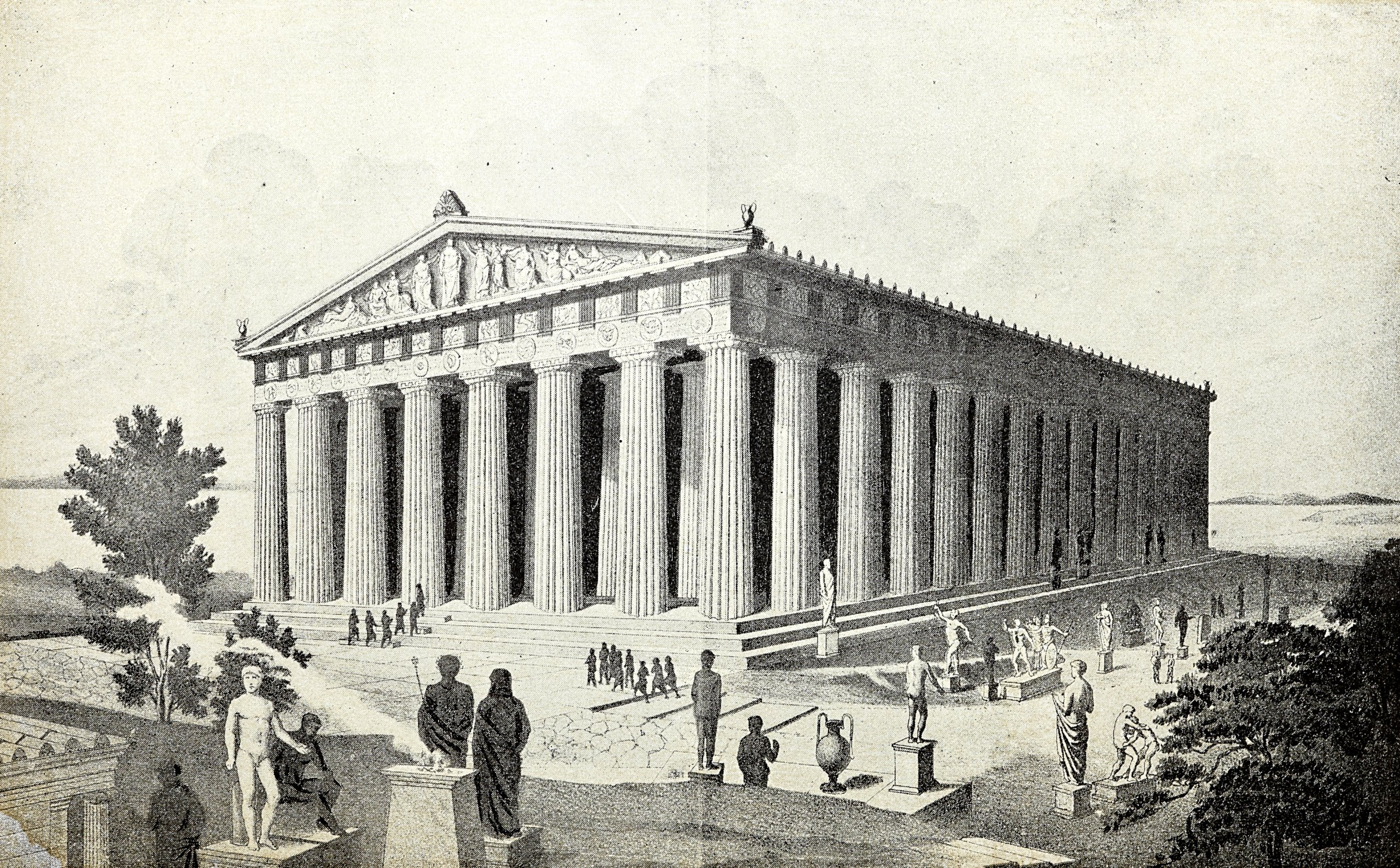
The Parthenon
Perhaps one of our favorite Athenian politicians, Pericles commissioned the construction of the Parthenon in 447 B.C., Dedicated to the Greek goddess Athena, the Parthenon sits high atop a compound of temples known as the Acropolis of Athens.

To deepen your understanding of the Acropolis’s significance, a visit to the Acropolis Museum is a must. Immerse yourself in a treasure trove of archaeological wonders, carefully curated to tell the stories of ancient Athens. Marvel at the exquisite sculptures, intricate friezes, and priceless artifacts that have survived the test of time.
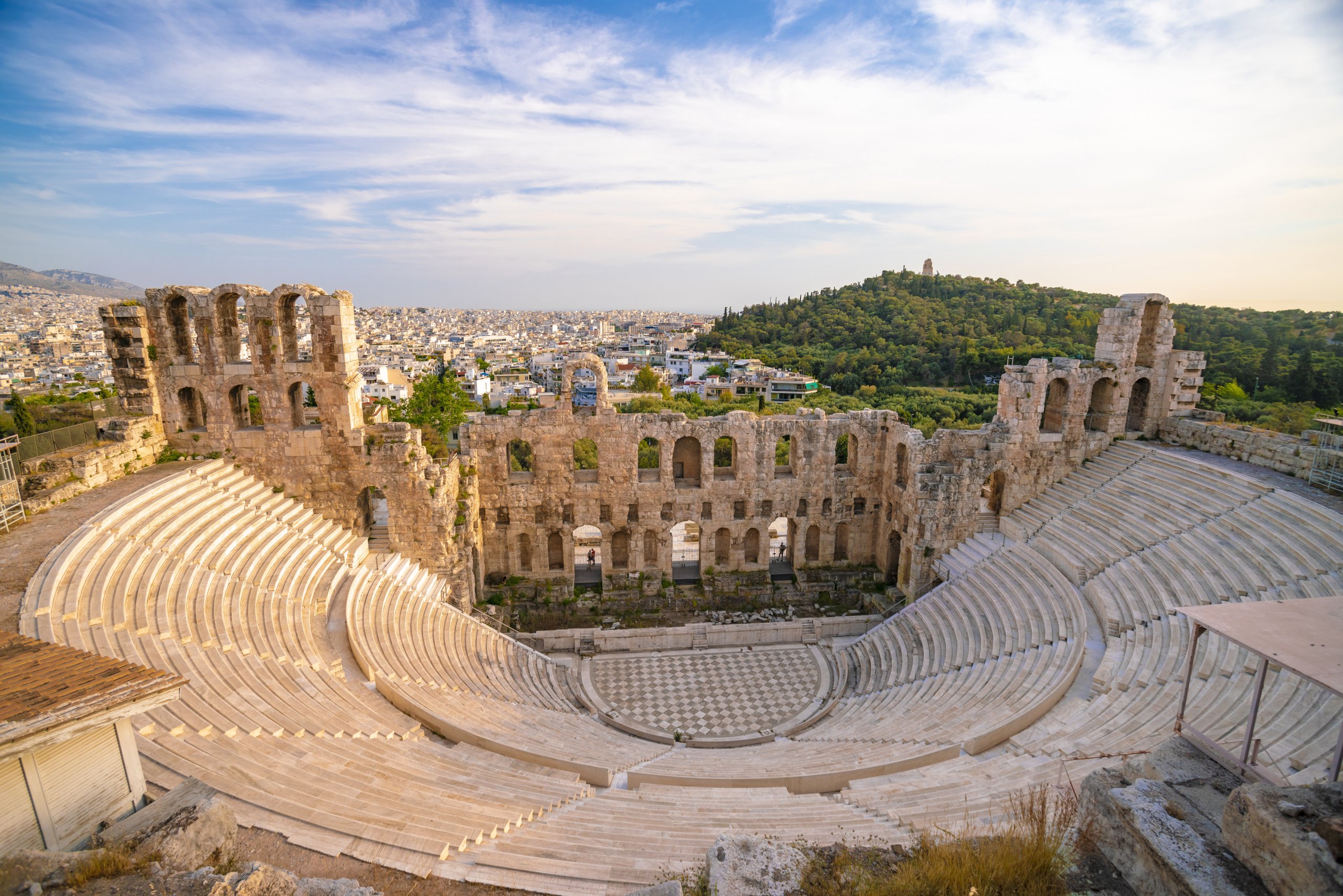
It was the largest and most lavish temple the Greek mainland had ever seen, with artwork and sculptures designed by the famous artist Pheidias, and took until 432 BC to complete. Throughout the centuries, the Parthenon withstood earthquakes, fire, wars, explosions, and looting yet remains, although battered, a powerful symbol of ancient Greece and Athenian culture. Today, it is one of the most recognized buildings in the world and an enduring symbol of ancient Greece.
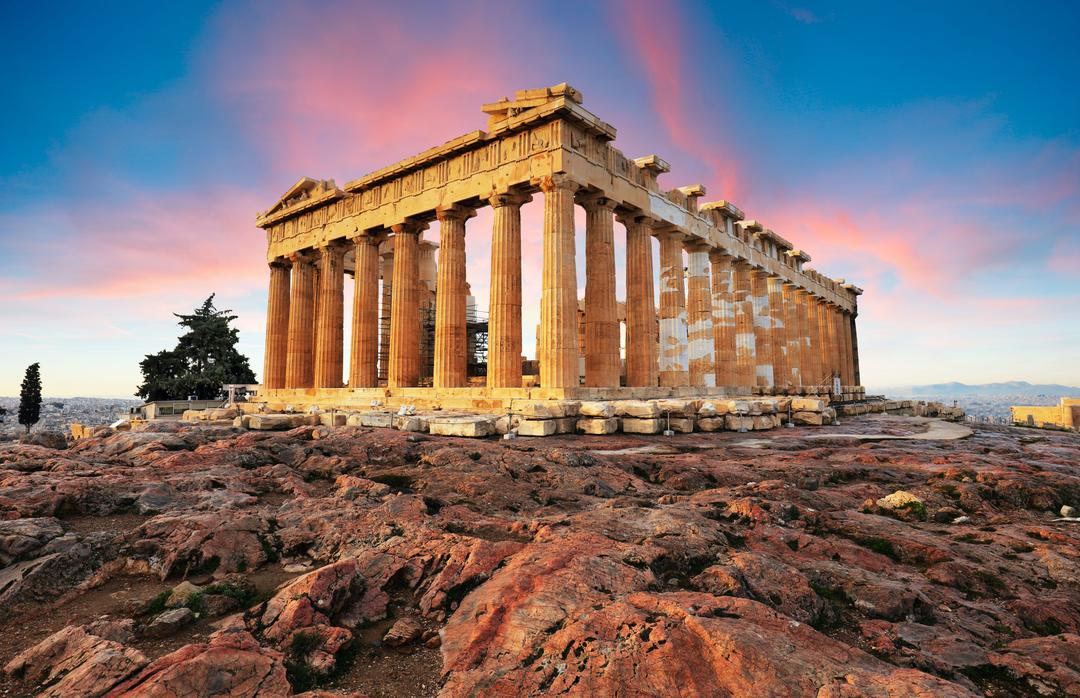
Later History
In 1687, the Venetian army under General Francesco Morosini besieged the acropolis, which had been occupied by the Ottoman forces who used the Parthenon as a powder magazine. The Ottomans had optimistically assumed that no European would dare to fire at such an ancient and famous monument. Sadly, they were incorrect. On the 26th of September, a direct hit from a Venetian shell ignited the magazine and the massive explosion ripped apart the Parthenon.
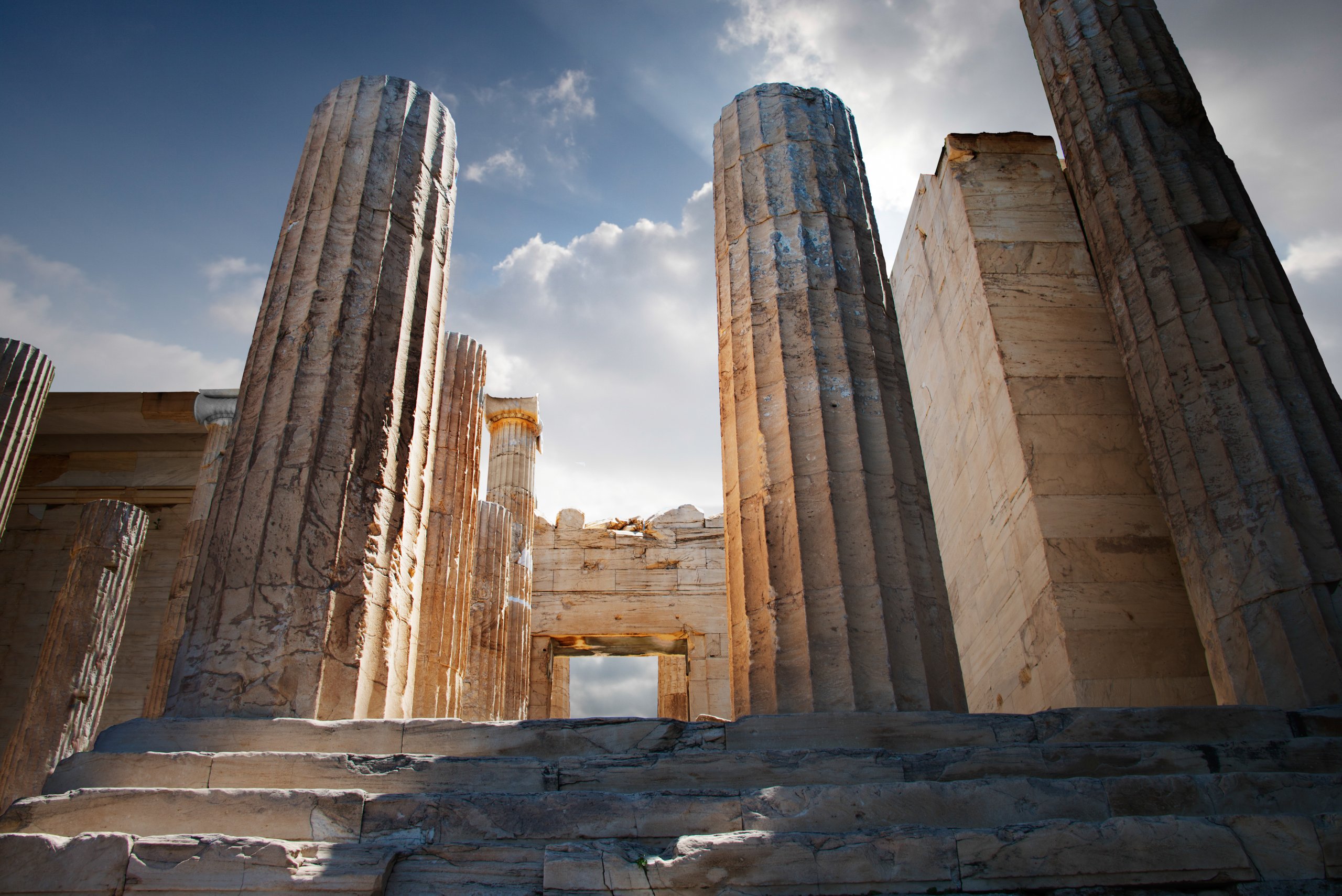
Fortunately, since Greece’s independence from the Ottoman Empire, in 1838, the nation has taken enormous pains to conserve the Acropolis, considered by all a symbol of their national identity. All the structures built after the classical period have been removed to help restore the site’s dignity. In the 1930s, many of the collapsed columns were reconstructed to rebuild the Parthenon’s imposing outline. Thousands of fragments have been collected from the site and carefully curated. Many are now on display in the Acropolis Museum, opened in 2009, which showcases the long and determined Greek-led efforts at restoration. Inside the museum, there is a large, empty room that has been put aside for the day when the sculptures carved at the height of Athenian democracy will finally come home.
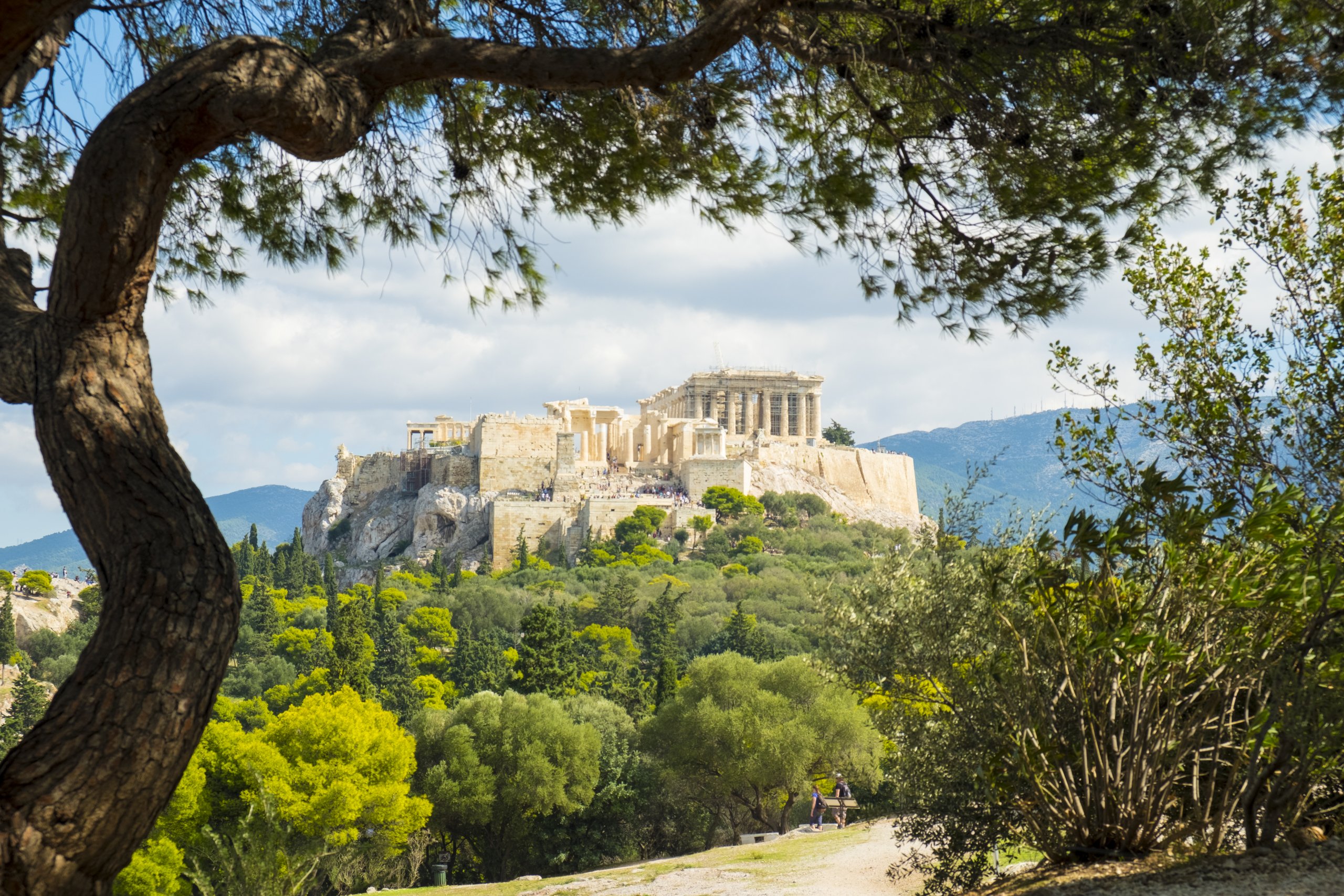
Filopappou Hill
No visit to the Acropolis is complete without savoring its breathtaking panoramic views. As the sun begins its descent, casting a golden glow over the city, the Acropolis becomes even more enchanting. Find a serene spot, our personal recommendation is Filopappou Hill, and witness the harmonious blend of ancient and modern Athens, a sight that will forever be etched in your memory.

Located in central Athens and opposite the Acropolis, is one of the most beautiful vantage points in the city. The hill, which was called Muse Hill in ancient times, forms a chain of hills along with Nymph Hill and Pnyx. The climb up can be a bit steep, but rewarded with a breathtaking panorama, especially at sunset.
On the slopes of the hill, you can view the tiny church of St. Demetrius Loumpadiaris, as well as the caves Socrates was supposedly imprisoned in before his trial in 399 BC.

Interestingly, in these caves, artifacts from the Acropolis and National Archaeological Museum were hidden there to protect them from Nazi looting during WWII.
The story goes, that in in 1938, officials of the Greek Ministry of Culture took note of Adolf Hitler and Benito Mussolini’s aggressive actions and viewed their expansionist rhetoric as a direct threat to Greece. These officials anticipated the potential need to protect the most valued treasures of the country from war and developed a plan that included multiple methods of protection. One of these methods was storing artifacts in nearby caves. Over a six-month period, artifacts were discreetly moved in the middle of the night. The operation was completed on April 17, 1941, just ten days before the German troops entered Athens.

A visit to Filopappou Hill, during sunset, is highly recommended due to its combination of historical sites and a picturesque trail set amidst a landscape adorned with pine, eucalyptus, and olive trees at the center of contemporary Athens.
